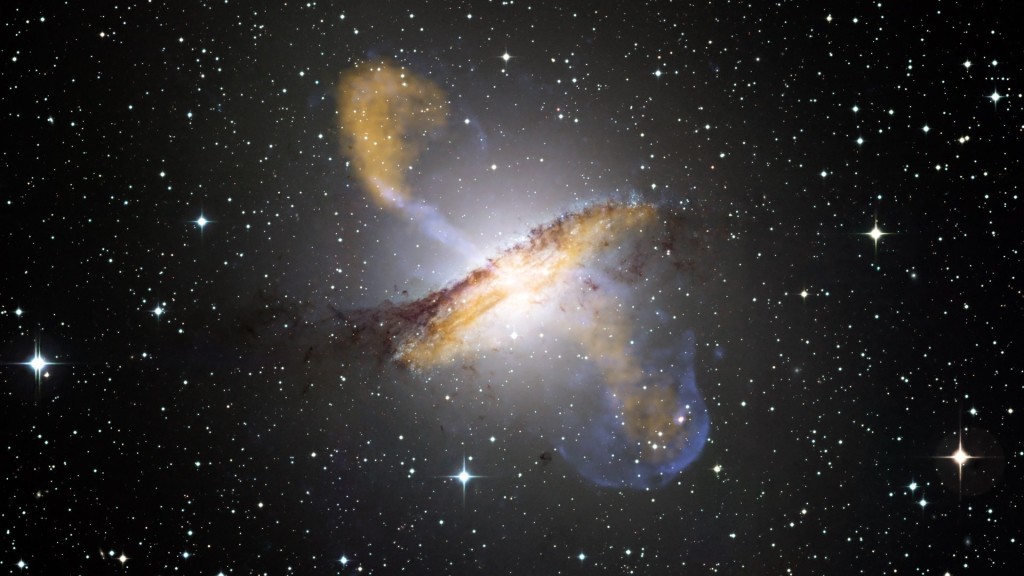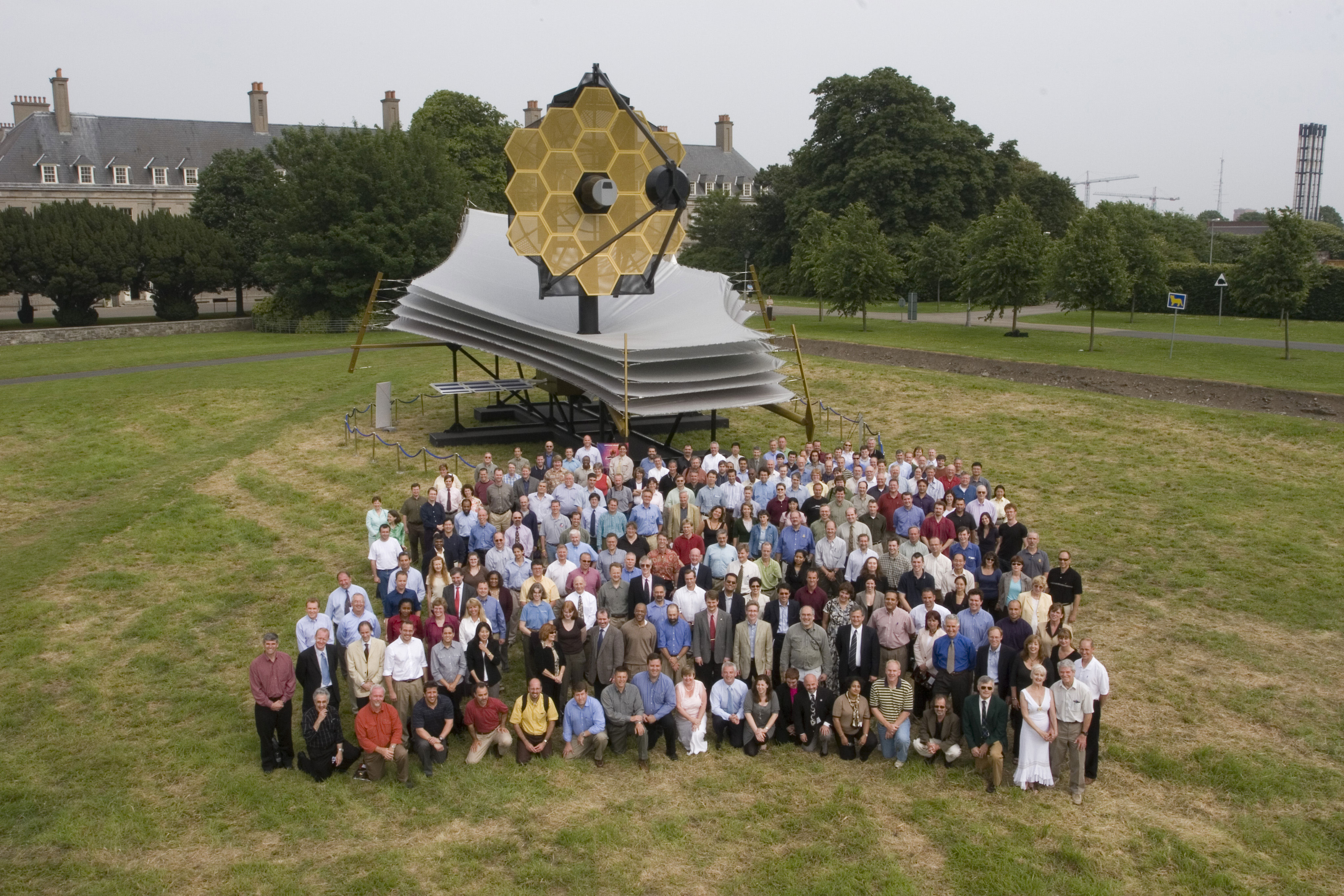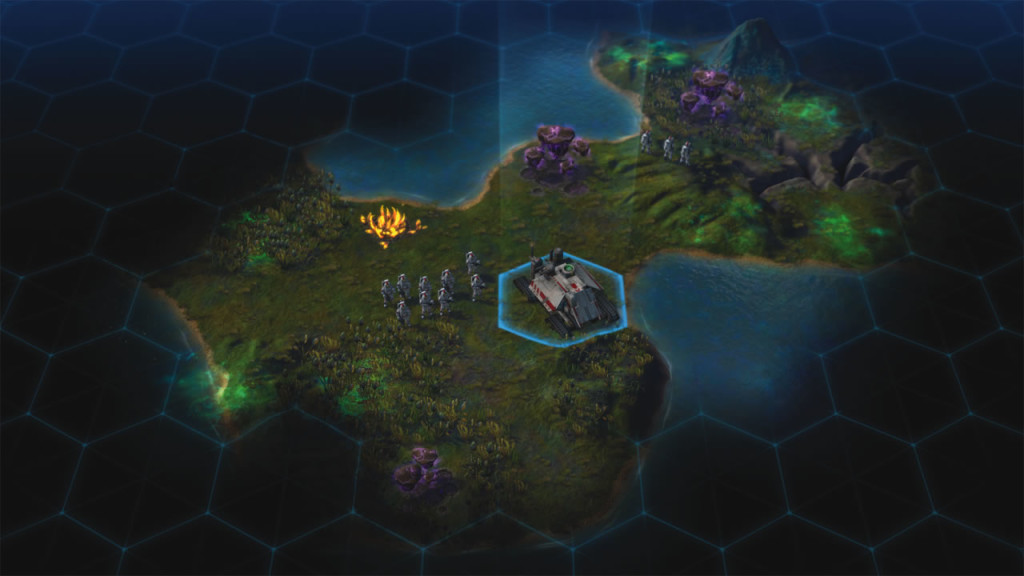-

-

-

-

-

-

-

-

-

-

-
-

-

-

-

-

-

-

-

-

-

-

-

-

-

-

-

-

-

-

-

-

-

-

-

-

-

-

-

-

-

-
-

-

-
 TOTW: Google's Project Ara Modular Phone May Be The Future Of SmartphonesOctober 30, 2014
TOTW: Google's Project Ara Modular Phone May Be The Future Of SmartphonesOctober 30, 2014 -

-

-

-

-

-

-

-

-

-

-

-

-

-

-
-
-

-

-

-

-

-

-

-

-

Posts tagged space
The James Webb Space Telescope – An Astronomer’s Dream
09 years
Astronomy is all about looking up at the stars. Trying to figure out how the universe works and where our place as humans on Earth is in that giant universe. Where geneticists and particle physicists work on the smallest scales, astronomers work on the largest physical scales: the firmament. For a long time, the naked eye and then simple telescopes were enough to make productive observations, but, science has reached a point in astronomical development where we need ever better equipment to realize new discoveries. The bigger, more expensive, and technically advanced the telescope, the better. And sending it into space is even better, to render the best images and readings.
That seems like a big ask, and it is. The Hubble Space Telescope made its way into popular culture history as the first scientific telescope the public actually knew and cared about. Well, in 2018, a new telescope will be launched that is even greater than the legendary Hubble. It’s called the James Webb Space Telescope (JWST), and it’s pretty much an astronomer’s dream.
“Why an astronomer’s dream?”, you may be asking. The answer is fairly straightforward: the JWST is a gigantic, high-tech, multi-purpose instrument. To put it in perspective, the Hubble telescope had a mirror, essential in capturing astronomical images, of 8 feet across. The 8-foot mirror produced images like this:
Now consider the JWST. It is planned to have a mirror of a whopping 21 feet and 4 inches in diameter. Made up of 16 smaller, hexagonal mirrors, the incredible size of the James Webb Space Telescope is only one of the many parts of the telescope that is making astronomy nerds all over the world very excited. Being is a multi-purpose telescope, the JWST has much to offer scientists. Below I describe only a handful of JWST’s most prominent features, abilities, and facts:
Infrared Radiation Detection
The James Webb Space Telescope detects infrared wavelengths of light, rather than visible spectrum. If you’re not an astronomy nerd, you may wonder why this difference is significant. Well, infrared is close enough to the visible range so that telescopes can use the light to create an image our eyes can understand, but, it is far enough outside of our visible range to distort the colors, and also have some key unique qualities. For instance, unlike visible light, infrared light isn’t impeded by interstellar dust and gas. This means that the JWST will have largely unobstructed views of what were previously clouded interstellar nurseries; where stars form. Hubble couldn’t peer effectively into these nurseries due to their surrounding gas and dust, but the JWST can. This will give astronomers a look into the formation of stars, which is still shrouded in mystery.
Not only that, but infrared radiation emanates from cooler objects: you have to be as hot as fire to give off significant amounts of visible light, and the Earth is obviously not, but everything from a tree to you emits infrared light, which is precisely how night vision goggles function. More importantly planets emit infrared radiation, but stars don’t as they are too hot and radiate visible (and shorter wavelength) light. That means that, for the first time, we may be able to take photos of exoplanets themselves. Before, with Hubble, stars far outshone even the biggest of planets, by factors of 100 -1000 times. Since suns emit much less infrared radiation, we will be able to focus on the planets themselves, and may even get to take images of the first planets outside our own solar system. Pretty exciting, even for non-astronomy nerds.
Lagrange Point
So, where will this telescope be orbiting? Technically, it’s orbiting the sun, but the JWST will reside at a Lagrange Point in our solar system, which is a very cool astrophysical place where, and this is an oversimplification, the gravity of the sun and the earth balance out so that could be thought of as not orbiting anything at all, but rather just floating still in space. The gravity of our planet and the sun are in balance at Lagrange points, enabling the telescope to have a perfect, unmoving view of the stars. There are three such Lagrange Points on the Earth-Sun axis: L1, directly between the Sun and Earth; L2, on the other side of the Earth away from the sun; and L3, on the other side of the sun entirely. JWST will reside at L2.
This, of course, has upsides and downsides. First of all, being in the Lagrange Point means that it is more than 1 million miles away from Earth, i.e., we will have no way of fixing it if anything happens to it. And, as Hank Green reminds us in the video above, we have had to fix the Hubble a bunch of times, and that just won’t be possible with the JWST. Basically, we better get it right the first time. Also, the JWTS is so massive that it can’t fit into a rocket fully-assembled, so NASA engineers have had to design a complex unfolding system that could go wrong at any moment.
It Can See 13.4 Billion Years Into The Past
Yup, you read that right. Hubble could look far into the past, but not nearly as far as the JWST. Given the time light takes to reach our Earthbound eyes, were always seeing the universe as it existed in the past. As a result, the farther away you focus your telescope, the closer to the Big Bang you are able to see. Whereas the Hubble Ultra-Deep Fiild could look 7-10 billion years into the past, the James Webb Space Telescope, with its much larger mirror, can peer fully 13.6 billion years into the past, almost reaching the point of “first light.” First light was the time after the Big Bang when the universe cooled to a point where the very first galaxies could form and the energies begin to radiate light: the “First Light”. With the JWST, we are literally seeing all the way back in time to the beginning of the universe. There’s no doubt that this will allow astronomers and cosmologists to answer many previously unanswerable questions about how the universe formed. If this doesn’t make you excited for the launch of the telescope in 2018, nothing will.
Now that you’ve heard all that, can you possibly not be counting down the days to the launch three years from now? To recap: the JWST can take pictures of planets outside our solar system, see stars being born, and see the first galaxies in the entire universe being born. It sounds like something out of a science fiction book, but it’s not. NASA expects to spend $8.7 billion on this telescope, which is a lot, but in my opinion, the investment is far better than spending that amount for a popular instant messaging app, as Facebook recently did. The James Webb Space Telescope is truly an astronomer’s dream, and I can’t wait to see what discoveries are made because of it.
Mars One Plans For Humans Colonizing Mars By 2024
09 years
Have you ever wanted to go to Mars? To set foot on a new planet, being one of the first humans ever to do so? It really does sound like a stretch of the imagination, and still doesn’t seem possible, even with a reasonable amount of knowledge about what it will take to get there. There are just so many hurdles to creating an actual Mars colony: food, solar radiation, the effect of less gravity on our bones, the cost of transporting supplies to space, and much more. Learn more about it in the Asap Science video below:
And yet, a non-profit organization called Mars One is already making plans to go there. Setting their sights on a manned Mars mission in 2024 and then again in 2026, Mars One has already been supported by many experts, including Nobel Physics prize-winner Gerard ‘t Hooft, along with the 200,000 other people wanting to be one of the 24 lucky (or unlucky, depending on how you view it) to go to Mars. Announced in 2012, Mars One has already gone through three stages of elimination for picking who will be an astronaut in the final takeoff. Recently, 100 people were announced as in one of the last groups before Mars One picks the final 24. Each applicant paid $38 and submitted a video and written summary of why they want to go to Mars, why they deserve it, and what makes them good to spend the rest of their life up there. (no attachments, good personality, etc.)
And notice I’ve said “the rest of their life up there”. That wasn’t just a guess. Mars One has made it very clear that these participants are going up on the red planet and staying there. Either they fail on the way up and die, or stay up there for the rest of their life, the first generation of a martian colony. And everyone in the top 100 applicants have accepted that too, which adds just one more level of bravery on top of the whole idea of a possibility of being incinerated while leaving the atmosphere.
One criticism of Mars One is how they’re running the whole enterprise. Many people have voiced that they believe Mars One is taking the process much too lightly, and the fact that they are creating a reality television show isn’t sitting well with many people. On their website they already are letting people vote for the “contestants” they want to go to the next round of elimination. Sounds a lot more reality TV than NASA, and that’s exactly what people are worried about. This would be a very dangerous mission, and taking unqualified people and throwing them into space for the sake of entertainment clearly doesn’t seem right.
Unfortunately, the reality TV part of their elimination process has already taken hold on many people, with The Guardian, Ars Technica and more doing interviews with some of the final round applicants. But there is an upside to the reality TV aspect, and that’s the money Mars One will make. They have already estimated the cost be to $2 billion, and so the show would help pay for the technology, rockets, and to help if anything goes wrong.
And who knows? Maybe, by some near-miracle, Mars One will have the required technology to launch the final 24 applicants into space and then on to Mars by their target date. Then, of course, the question would be how they would actually survive in space, and what humanity would do with a Mars colony, but that’s a thought for another time.
UPDATE: PBS Idea Show just created a great video on the entertainment aspect of Mars One, which you can watch below.
TOTW: Civilization V – Beyond Earth Announced
0Undoubtedly the most well known strategy game, Sid Meier’s Civilization has captivated gamers for more than 20 years. Over time, Civ has advanced a significant from the original version, and in late 2010, Fraxis and 2K (the companies who makes Civ) released the newest version, Civ V(5). Civ V was a giant upgrade, but still they strive to add more to the gameplay, previously adding more and more civs, situations, map packs, and gameplay features such as World Congress and Trade Units. Still, if you play the game, you know that the later part of the game can get boring and repetitive, which they are trying to fix, but with the newest announcement, the game will not only get more interesting but also longer.
At the Pax 2014 recently, Fraxis announced the release of their newest expansions pack (like the earlier Brave New World) called Beyond Earth. As the name suggests, the expansion pack will allow you to travel into space and, well, do what you do on Earth: settle, conquer, grow, repeat. This of course opens of the game completely, and basically gives the developers at Fraxis a field day. And what they have released certainly shows that.
From what they have said, Beyond Earth is set where Earth is unstable, and you need to find a new home. They have not said if you will start the game as normal, but that is something that probably won’t be known until the release day. You make a space ship based off of your playing style, and even chose a sponsor, each with different benefits. The whole way you colonize the planets is customizable, from the colonists to the cargo. The new planet is home to completely new alien life, (which should be interesting, considering civ’s very detailed civilization animations) tiles, and relics, all which you can exploit for the good of your civilization.
The technology will also be changed to accommodate the space travel. The tree will be split into three categories, each with their own technologies and victory conditions. Also, the new technology feature is not linear. Since your future is vague, the technologies come in sections based off your choices throughout the game.
Overall, the Beyond Earth pack should be full of surprises with new and fun (hopefully) gameplay. Other than the features I mentioned, there is a lot they haven’t specified, such as the exact game mechanics, or the switching between Earth and space. Units, tiles, resources, civs and even the basic rules of the game will be changed because of the new possibilities of space. Coming out in Fall 2014, Civilization Beyond Earth promises to be a groundbreaking game for the Civ franchise and series.





